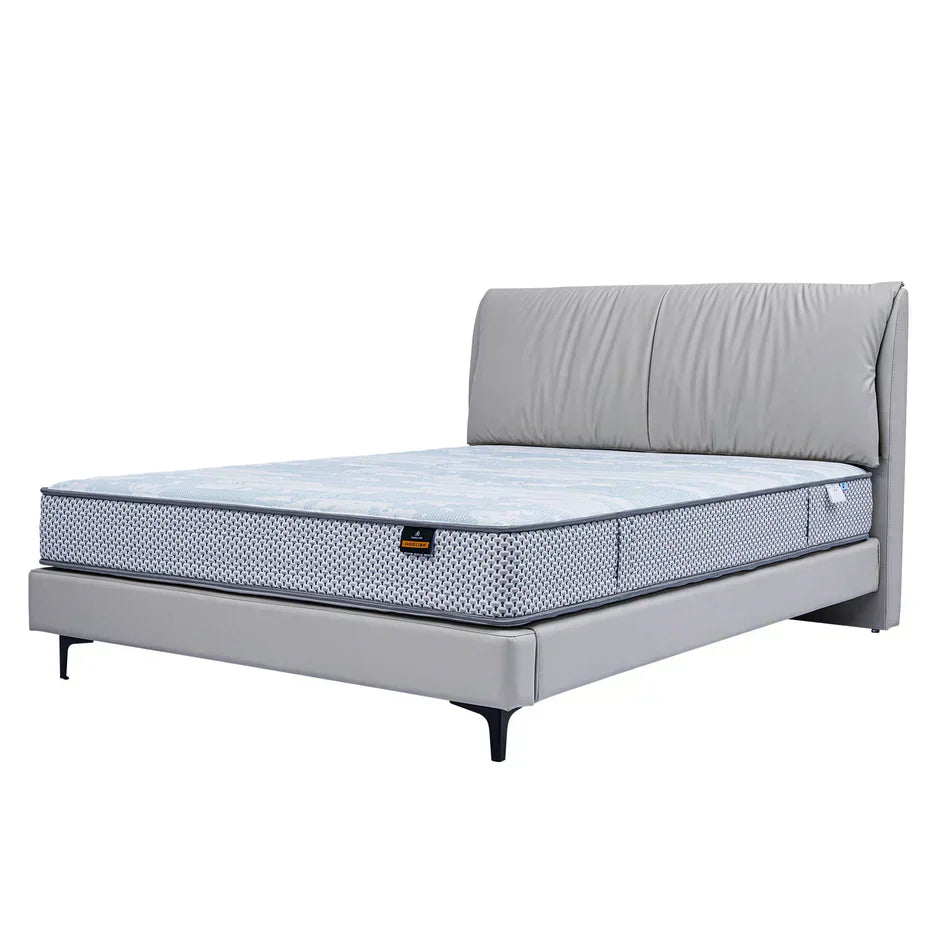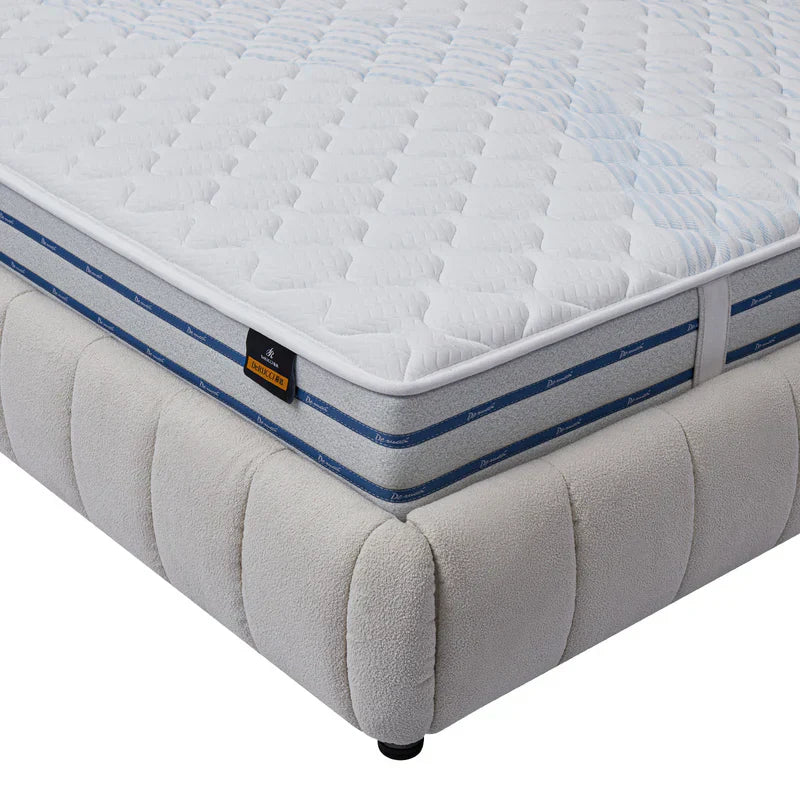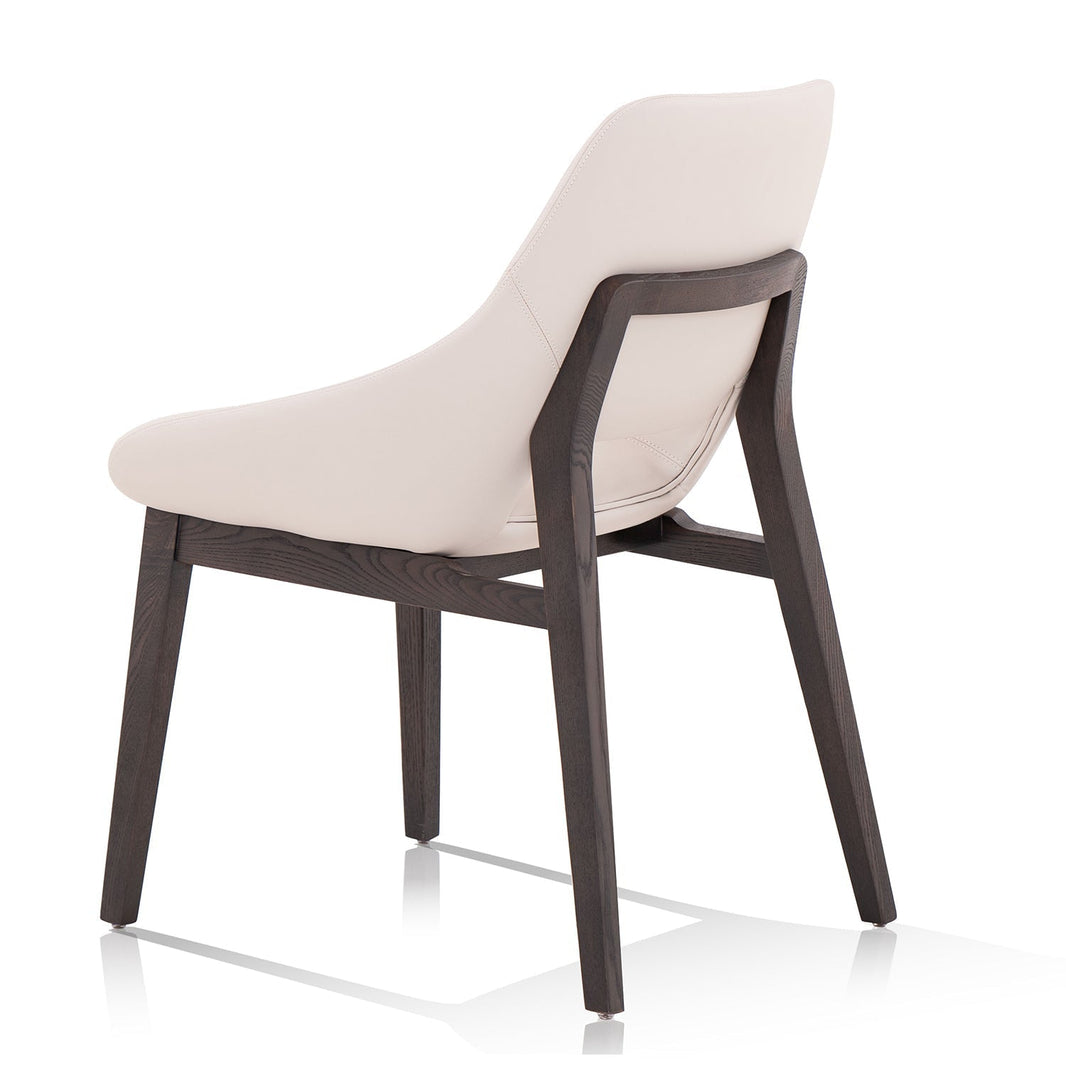Creating a cohesive look between your living room and dining room doesn't have to be overwhelming. It's really about choosing pieces that not only look good together but also fit how you live and use your space. Whether you're setting up your first home or just want to give your rooms a new lease on life, getting the hang of mixing and matching furniture colors, textures, and designs can make your living and dining areas feel like they truly belong together.
How to Create a Cohesive Home Look with Easy Furniture Pairing
1. Keep It Comfy and Chic
Matching furniture isn't about design trends or picking out what looks pretty. What matters most is that your living room and dining room are both daily usage spaces: living, eating, hosting guests, and sometimes even working. So, in choosing the pieces of furniture to fill your living room, remember how they fit into your lifestyle. Are you going to need a heavy-duty coffee table that's going to be in constant use, or perhaps a plush, comfy sofa for movie nights? Keep those functional elements in mind when shopping.
2. What's Your Color Mood? Picking Pieces That Speak to You
What may seem to be an enjoyable and creative choice of color for your furniture actually can have different hues affecting your mood and perception of space. White, beige, or any tinge of pastel gives the effect of making a room more spacious and airy. Darker tones, such as black, gray, or navy blue, give the impression of depth and sophistication. On the other hand, pops of bright colors from throw pillows or rugs add energy and personality to the room.
3. How to Throw Together a Look That's All You
When it comes to creating a cohesive look between your living room and dining room, small details like textures and finishes play a big role. Mixing different materials – such as wood, metal, or glass – can add variety and visual interest. For example, a wooden dining table could be paired with a coffee table in the same color tone for a chic, modern look. Similarly, consistent finishes across different pieces (like matte, glossy, or distressed) help connect the rooms visually.
How to Choosing Tables That Match for Living and Dining Areas
1. Harmonizing Dining and Coffee Tables
Selecting the right living room furniture and dining room furniture is crucial because they are the most noticeable items in these spaces. For a cohesive look, your dining table and coffee table should complement each other. If you opt for a marble-finished dining table, pairing it with a coffee table that has a similar marble top could enhance the elegance of your rooms. Alternatively, a dining table with shiny metal legs can be paired well with a coffee table that incorporates metal details or has a contemporary design to match. The aim is to maintain a consistent yet varied theme across your living room and dining room furniture.
2. Side Tables: Completing the Scene in Style
Side tables may not be the main focus, but they're essential for bringing the whole look together. Since they come in various materials, consider ones that reflect aspects of your larger tables. For instance, a side table with a gray, black, or white finish can subtly tie in with the primary color scheme. In terms of material, if you're leaning towards a luxurious Italian or modern feel, sleek lines in medium-density fiberboard (MDF) side tables can add to the aesthetic without overpowering it. Choose those with natural textures to bring an organic touch to the space.

How to Arrange Seating to Blend and Complement Each Other
1. Finding Harmony Between Sofas and Dining Chairs
Your sofa and dining chairs are like the heart and soul of your living and dining rooms, providing comfort while adding style. In choosing these, look for elements that can help tie them together. For example, if you have a luxurious leather sofa, look for leather or faux leather dining chairs. If your taste runs toward fabric-upholstered dining room furniture, search for dining chairs with similar fabric or patterns.
2. Adding Character with Accent Seating Options
Bring in extra character and function with armchairs and stools that can be added to a space. Be sure to look out for those pieces that coordinate with your overall style but really add their unique flair. If you have a minimalist sofa, perhaps a modern chair with clean lines but a pop of color is just what you need to inject some personality. Not everything needs to match perfectly; it's okay to shake things up once in a while!
How to Create a Consistent Theme with Large Dining Room Furniture Pieces
1. The TV Cabinet and Other Large Pieces
Consider, for example; larger furniture in the dining room, such as a TV cabinet; consider this to be an anchor in your living room as it is large, functional, and often a highlight. First, consider the style and the color scheme to give it a unified look with any other large piece you will be including, such as your dining sideboard or credenza. A dark wood TV cabinet will stylishly jibe with a similarly toned dining storage unit. Sure enough, this doesn't mean they will have to be from the same collection, but somehow, they should echo each other either in design elements, be it through handles, legs, or probably a wood finish.
2. Sideboards: Functionality Meets Style in Your Decor
While sideboards do offer additional storage, they can also be there to continue your style statement. They can match your dining table or contrast with it for added drama. Consider not just what you are storing, but what is on top of such pieces. Dinnerware or decorative objects on top will form visual links with what's around your TV area or on your coffee table, which can bridge both rooms.

How to Accessorize Your Spaces for Both Comfort and Style
1. Rugs and Textiles: Weaving Together Comfort and Style
Rugs, throw pillows, and curtains-these aren't just accessories; they're items that can really help you develop cohesion between your living and dining rooms. Think about a rug as the foundation that will connect the two spaces. The same goes for unifying rugs in the dining and living areas: If you have a consistent color palette or pattern, the spaces will flow effortlessly. Much like matching throw pillow textures and colors to those of your dining chairs, this subtly connects the rooms.
2. Light It Up and Keep It Cozy
Lighting plays a crucial, yet often overlooked, role in design as it significantly influences our perception of space. Ensure that your lighting in the living room and dining room work together in style and intensity. It could be that the bold pendant light above the dining table mirrors the feel of the lamps used in your living room or simply the use of the same temperature bulbs. The consistent lighting will help bind these areas together
3. Personality Pieces: The Art of Balance
Lastly, adding decorative objects is your chance to show off your personality while maintaining harmony between the rooms. Based on your personal taste, these should be vases, sculptures, books, and so on, but they should bear in mind the interior's theme. Your special things should feel at home in this space, not like they have wandered in from another world-this is what will find the middle way.
The Bottom Line
Tying your living room and dining room together is all about creating a space that's both beautiful and practical, reflecting your personal style. It's about choosing tables, chairs, and storage pieces that work well and look good doing it; adding rugs, cushions, and lights that make the rooms feel connected and cozy; and sprinkling in some of your favorite things to make it truly yours. By mixing and matching with care, you've set the stage for a home that's ready for real life - full of warm welcomes and cherished moments, all wrapped up in a design that feels just right.








